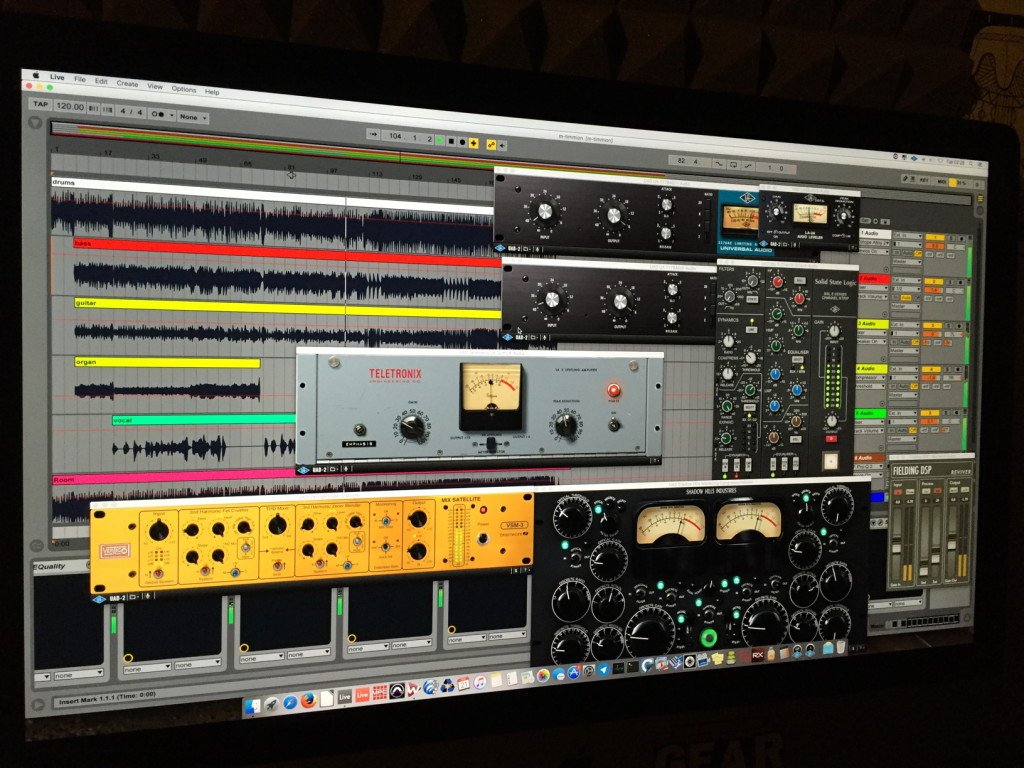The Art of Stem Mastering
In the world of music production, mastering stands as the final step in the creation process, a crucial phase that polishes a track to perfection before it reaches the ears of listeners. Among the various mastering techniques, stem mastering has emerged as a powerful tool, offering producers and engineers greater control and flexibility over the final sound. This blog post delves into what stem mastering is, its benefits, and why it might be the key to unlocking the full potential of your music.
What is Stem Mastering?
Stem mastering is an advanced mastering technique that involves processing groups of similar instrument tracks (stems) together rather than mastering a single, mixed stereo track. A typical song might be broken down into several stems—such as drums, bass, vocals, and guitars—allowing the mastering engineer to adjust and enhance each group separately before combining them into the final master.
The Benefits of Stem Mastering
Enhanced Control
One of the primary advantages of stem mastering is the increased control it offers over the final sound. By working with individual stems, a mastering engineer can address issues and make improvements that might be impossible with a stereo mix. For example, if the vocals need to be brighter without affecting the clarity of the guitars, stem mastering makes this feasible.
Dynamic Balance
Stem mastering allows for a more dynamic balance between the different elements of a track. Engineers can adjust the levels, EQ, and dynamics of each stem to ensure that all parts of the mix work harmoniously together, leading to a more polished and cohesive final product.
Flexibility in Problem Solving
Mixing issues that might have been overlooked during the mixing phase can be corrected more easily with stem mastering. Whether it's reducing muddiness in the bass or adding definition to the percussion, having access to the individual stems gives the engineer the flexibility to solve problems without compromises.
Creative Possibilities
Stem mastering opens up creative possibilities that go beyond traditional mastering. Engineers can add specific effects to individual stems, such as reverb on the vocals or saturation on the bass, enhancing the character of the mix in a way that wouldn't be possible when working with a stereo file.
When to Choose Stem Mastering
Stem mastering is particularly beneficial for mixes where the balance between instruments is critical or when specific elements of the mix need special attention. It's also a valuable tool for genres with dense arrangements or complex sonic textures, where clarity and separation between instruments are paramount.
However, stem mastering requires more time and resources than stereo mastering, so it's essential to consider whether the benefits outweigh the costs for your project. Providing clear communication and high-quality stems to your mastering engineer will also significantly impact the success of the process.
Conclusion
Stem mastering represents a sophisticated approach to finalizing a music project, offering unparalleled control and creative freedom. While it may not be necessary for every track, its benefits for complex mixes and genres make it an invaluable option for achieving a professional, polished sound. As music production continues to evolve, stem mastering stands as a testament to the industry's ongoing pursuit of sonic excellence, ensuring that artists and producers can realize their vision to the fullest.




